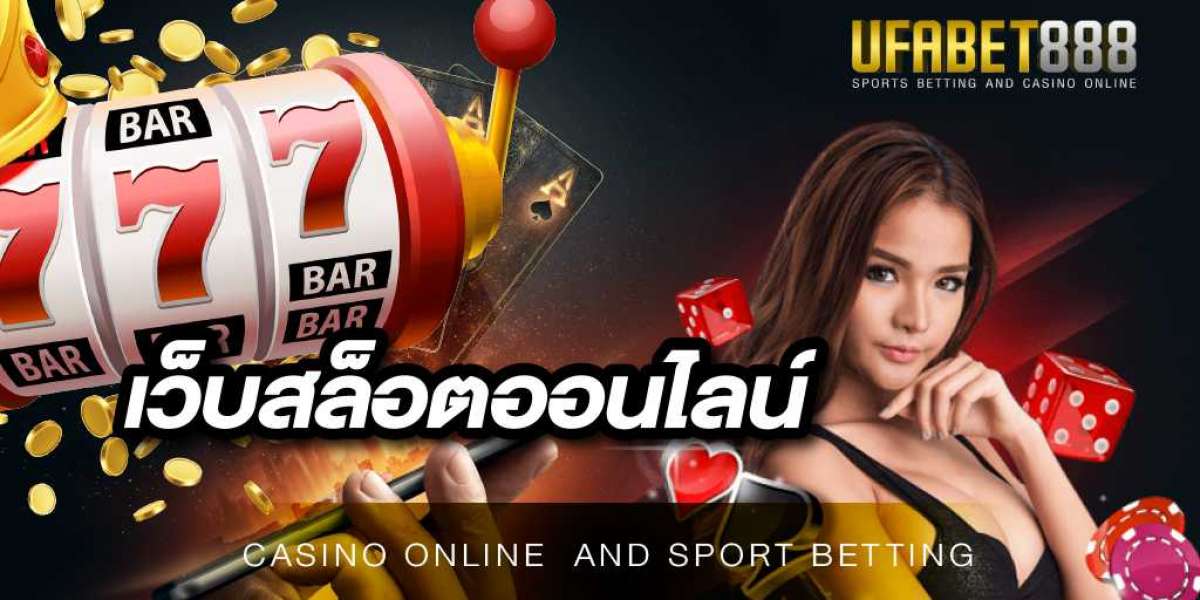It is said that Tan Sitong got a sword named "Feng Ju" before his death. Before the accident, he gave the sword to Wang Wu. Wang Wu kept it properly, together with his broadsword, which was kept by his family until after liberation. Unfortunately, when it came time to make steel, this rare sword, together with Wang Wu's broadsword, was thrown into the furnace and turned into molten iron. That is to say, there are too many stories about Caishikou. For hundreds of years, countless prisoners have been executed here. Every autumn, it was the day when the Ministry of Punishment concentrated on executing death row prisoners. Before they arrived at Caishikou, the more important people had to stand in wooden cages and be paraded through the city in prison carts. Ordinary death row prisoners were tied up with ropes, handcuffed and shackled, and beaten all the way to the court by officials. Both sides were full of people watching the scene of bustle. Even the roof eaves and treetops near Caishikou were crowded with people. What we are going to talk about this time is the most lively red affair in the late Qing Dynasty, which took place in the early years of Guangxu. Why is it lively? Because a decapitation of the largest number of prisoners, as many as more than 70 people, this group of people know each other, is a group of bandits who committed a crime, so many people lost their heads, indicating that this mess is not small. What do you want to ask? Just because of stealing and digging the imperial mausoleum, it was the same crime as rebellion and disobedience. All those involved were sentenced to be beheaded and tied up at Caishikou. In the law of the Manchu Dynasty, there was a distinction between beheading the supervisor and beheading the supervisor. To put it in modern terms, beheading is equivalent to a death sentence with a reprieve. After being sentenced to beheading,stainless steel 304 pipes, he is first put on death row to wait for the operation. The operation may last for a long or short time, and once the family has arranged for it, it may not be beheaded. On the contrary, beheading immediately means immediate execution. At that time, this big case was said to be the theft of the imperial mausoleum, but in fact it was not the theft of the mausoleum of the emperor of the Qing Dynasty. The tombs dug by the local thieves were called "Eight Kings Tombs". [2] Of course, the eight kings are buried in the tomb of the eight kings, which is also called vulgar by the common people. First of all, let's talk about who the Eight Kings are. Those who have read Strange Stories from a Lonely Studio may have an impression. There is an article about the Eight Kings in Strange Stories from a Lonely Studio. It says that a scholar met a turtle spirit. The turtle spirit claimed to be the Eight Kings,side impact door beams, but in fact it was a king eight. It gave the scholar a turtle treasure. From then on, the poor scholar made a fortune. It is said that this story actually has a prototype. At the end of the Ming Dynasty and the beginning of the Qing Dynasty, there was really a Eight Kings. Zhang Xianzhong, the leader of roving bandits at that time, was once known as the Eight Kings. It was only because there was a folk legend about Zhang Xianzhong and Tu Chuan that too many people were killed, so someone made up such a joke to bury him. To go further, in the Northern Song Dynasty, there was an eight-year-old king with a concave golden mace. Relying on the Dan book and iron coupons given to his family by Emperor Taizu of the Song Dynasty, he beat the fatuous monarch at the top and the treacherous court officials at the bottom. He was often mentioned in the story-telling drama Yang Jiajiang. He was as loyal and courageous as Kou Zhun and Kou Laoxi'er. If a loyal minister was framed by a treacherous court official, he would be pushed out and beheaded immediately. Kou Zhun's head was broken by the emperor, but it didn't work. At this critical juncture, the eight kings should come forward and raise their concave golden mace to frighten the emperor. But the figure buried in the tomb of the Eight Kings in Beijing was not the Eight Kings of the Song Dynasty, but the twelfth son of Qing Taizu Nurhachi, the elder brother of Regent Dorgon, named Azig. He was extremely brave and experienced in hundreds of battles. Before the Manchu Eight Banners entered the Shanhaiguan Pass, he took part in the Ningyuan War and Jinzhou War in Liaodong, beam impact tubes ,side impact beams, and besieged Guangqumen in Beijing. After entering the Shanhaiguan Pass, he led his troops to pursue Li Zicheng and fought all the way to Jiangxi. That was really a great achievement. After the founding of the Qing Dynasty, Azig was awarded the title of King of Wuying County, also known as Prince Ying, ranking eighth among the princes of the Qing Dynasty, known as the Eight Princes. Don't look so imposing, but he died very miserably in the end. At that time, the regent Dourgen died of illness, and the power of the court was unstable. The Eight Princes had always been ambitious. They felt that no one in the court could subdue him except Dourgen, so they plotted to seize the position of regent. As a result, they leaked the news and were put into prison. They died the next year. The bones were buried in a very desolate place along the Tonghui River, which was called the Eight Kings Tomb by the people from then on. Ordinarily, the tombs of the eight princes cannot be called tombs. In the past, there was a burial system, and the level of mausoleums and tombs was different: the tombs of emperors were mausoleums, and the tombs of princes were tombs, so there was no mausoleum but the imperial mausoleum. After the common people died, no matter whether there were coffins or not, they dug a pit and buried it underground, and piled a mound on it, which was called a grave. In this way, it should be the tomb of the Eight Kings, but the Eight Kings were given death for the crime of rebellion. The tomb is very simple, with only a thin-skinned coffin covered with a pile of loess, which is no different from ordinary people. So it has been called "Eight Kings Tomb" among the people, which is named after the tomb. Over time, it has become a fixed place name. Qing Taizu Nurhachi, Emperor Taizong Huangtaiji, and later Emperor Kangxi. When Kangxi was on the throne, he once mentioned the benefits of the Eight Princes to his subordinates. He thought that the Eight Princes had gone through life and death in the rain of guns and arrows all his life. If he wanted to say how many contributions he had made for the Qing Dynasty, it was the lion of Lugou Bridge-countless. Although he was given death for rebellion in the end, after all, he had contributed to the country, not to mention that it was the prince who broke his bones and tendons. The more Kangxi thought about how miserable it was to be buried in a desolate grave after his death, the more he felt that he could not bear it. He immediately issued a decree to rebuild the "Eight Kings' Tomb.". This time, however, it was repaired according to the specifications of Wang Ye's tomb. The imperial gift of Jinsi Nan's coffin and the lining of Yin Chen Mu wrapped the remains in silk again and put them in the coffin without satin. It is a layman's word to say that there are silks and satins in the coffin. Satin has the same pronunciation as the broken son. It has the meaning of losing children and grandchildren. Therefore, in ancient times, all good things can be put in the coffin, but there can't be satin. If there is satin, it can't be said explicitly. After the restoration of the Eight Kings Tomb, the scale is very large: there are side halls on both sides, a dragon tablet is placed in front of it, with a golden cover on the top, an underground palace under the mound of earth, a tomb chamber with three entrances in front of and behind the tomb door, surrounded by a circle wall outside. In order to guard against theft, two stone troughs are specially made behind the door. When the tomb door is closed, a stone ball slides down the groove and kills the tomb door from the inside. Once closed, it will never be opened. During the reign of Emperor Kangxi, the Eight Kings Tomb was built very big, but the common people still used to call it the Eight Kings Tomb. It has not been changed for many years. The place name still exists now. It is near the SOHO Modern City on the southwest side of Sihui Bridge on the East Fourth Ring Road in Beijing. After the Revolution of 1911,stainless steel tube 304, the ground palaces of the Eight Kings Tomb were demolished and sold as bricks, tiles and wood. The underground palace of the tomb was stolen at the end of the Qing Dynasty, and today only the place names are preserved. cbiesautomotive.com
LuizCarva
13 Blog posts




Askfor Airlines 8 w
Travelers can dial <a href="https://askforairlines.com/british-airways-austin-bergstrom-international-airport-aus-terminal/"> British Airways Booking Phone Number Austin Airport</a> to receive excellent travel assistance. The British Airways staff is always on hand to assist you with a new flight booking or to solve your ticket-related problems. With that service in place, there are no more worries about handling changes to the schedule, getting upgrades, or knowing the latest baggage regulations since all such info will be at your disposal when you travel from Austin Airport.